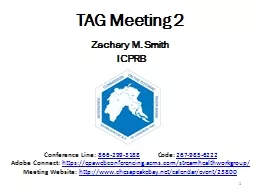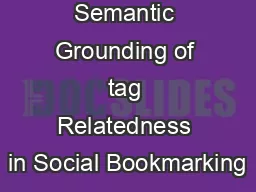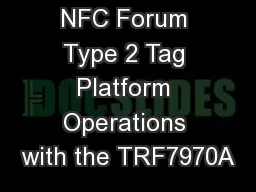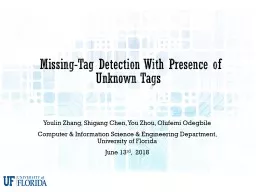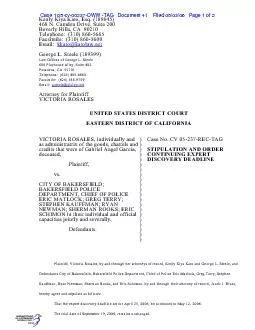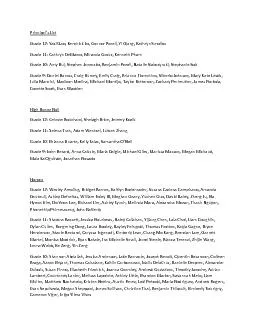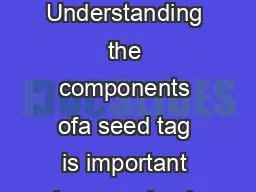PPT-TAG Meeting 2 Zachary M. Smith
Author : welnews | Published Date : 2020-06-29
ICPRB 1 Conference Line 8662993188 Code 2679856222 Adobe Connect httpsepawebconferencingacmscomstreamhealthworkgroup Meeting Website
Presentation Embed Code
Download Presentation
Download Presentation The PPT/PDF document "TAG Meeting 2 Zachary M. Smith" is the property of its rightful owner. Permission is granted to download and print the materials on this website for personal, non-commercial use only, and to display it on your personal computer provided you do not modify the materials and that you retain all copyright notices contained in the materials. By downloading content from our website, you accept the terms of this agreement.
TAG Meeting 2 Zachary M. Smith: Transcript
Download Rules Of Document
"TAG Meeting 2 Zachary M. Smith"The content belongs to its owner. You may download and print it for personal use, without modification, and keep all copyright notices. By downloading, you agree to these terms.
Related Documents

